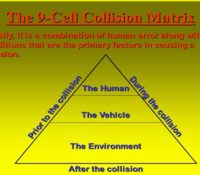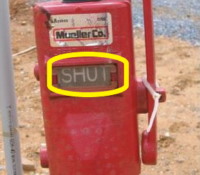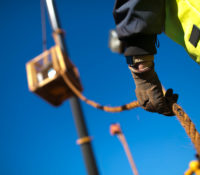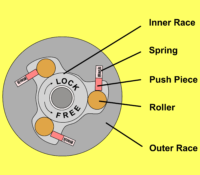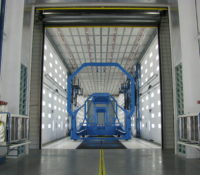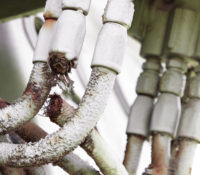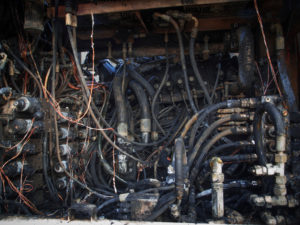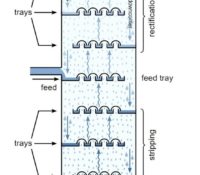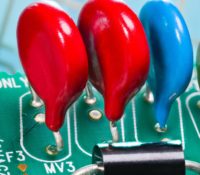The Collision Reconstruction Matrix
It’s mid-January, the high today is 28 degrees with lows in the teens as the Carolinas are in the grip of a Canadian cold front and I’m on call tonight. The phone rings at 3:00 am; yes Sir, three cars with two fatalities, I-85 northbound, yes Sir, on the way. Despite the hurdles that lie in front of me – cold, fatigue, the loss of life – my job with the South Carolina Highway Patrol Multi-Disciplinary Accident Investigation Team (MAIT) is to investigate, document, and ultimately prosecute chargeable collisions. To properly reconstruct this collision, three essential and distinct categories must be investigated and documented in order to provide a well-founded explanation of the series of events prior to, during, and after the collision regarding the human, the vehicle, and the environment; this investigative technique is known as the 9-cell collision reconstruction matrix. Read More


